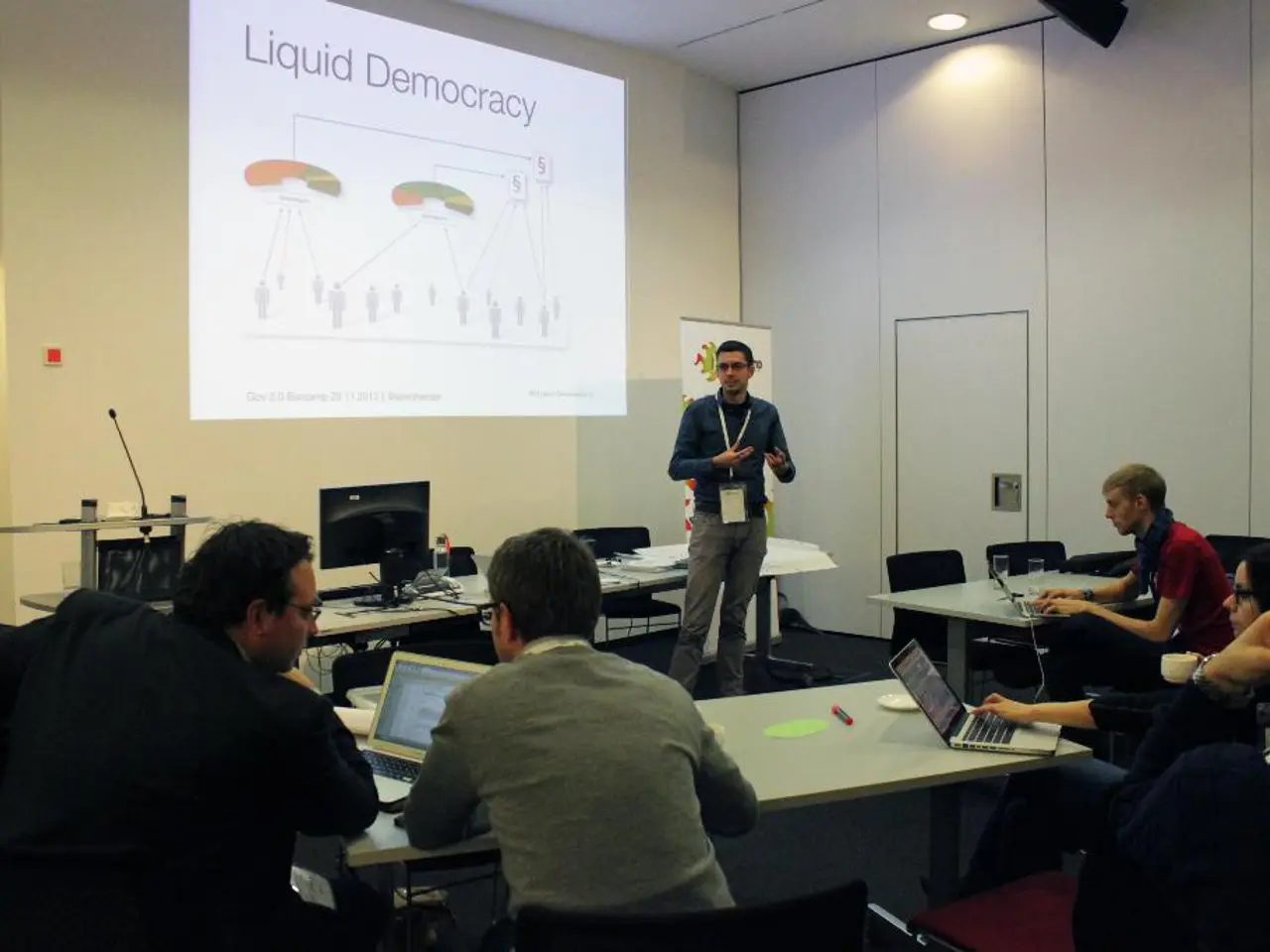Diverting Funds Toward the "Uneasy" Investment Opportunities
Overlooked Opportunities in Today's AI-Driven Market
The global investment landscape is dominated by AI and mega-cap companies, but there are regions and sectors that are often overlooked, offering attractive entry points with substantial growth prospects. Here are some of the undervalued areas to consider:
Asia's Small-Cap High-Growth Sectors
In the fast-growing economies of Vietnam, the Philippines, China, and Indonesia, small-cap companies are making significant strides in AI, climate tech, and deep tech. These markets are supported by regulatory support, geopolitical tailwinds, and structural growth drivers. However, they are often overlooked due to low institutional ownership and concerns about currency volatility. Notable examples include GC Biopharma in Vietnam, Vivant in the Philippines, Qi An Xin in China, and Xiaocaiyuan in Indonesia.
Second-Tier AI Enablers
Beyond the mega-cap AI giants like Nvidia, Microsoft, and Meta, there are other AI enablers that are critical infrastructure and ecosystem players. These companies, such as Chinese fintech firm Yiren Digital, healthcare AI digitization player Consensus Cloud Solutions, and IT modernization firm DXC Technology, have attractive valuations and strong revenue growth. However, they tend to be underappreciated compared to the headline mega-cap AI firms.
Undervalued AI Stocks with Rebounding Potential
In the AI sector, certain companies have experienced recent downturns but have strong growth catalysts and analyst price targets indicating significant upside. These include Twilio (AI infrastructure and SaaS), Alector (AI-driven Alzheimer's drug development), Teladoc (AI diagnostics in healthcare), Unity (AI-powered platforms), and Arm (AI hardware ecosystem).
AI Enterprise & Infrastructure
The overall AI sector, particularly parts of it focused on enterprise AI adoption and infrastructure, is still widely regarded as undervalued versus its future growth potential. Analysts expect a "tidal wave of growth" from over $2 trillion in enterprise and government AI spending over three years, with 2025 as an inflection point for scaling generative AI solutions. However, the market tends to overweight mega-caps and underweight smaller, niche players that support the ecosystem.
Emerging Markets and Real Assets
Some emerging market indices haven't moved since 2007, creating real value opportunities. Smaller caps offer the biggest discounts, as passive flows favour large caps and most asset managers ignore small names. In the MSCI All Country World Index, no company is under $2 billion in market cap, but in the portfolio, 62% is below $10 billion. Real assets, particularly mining, are an overlooked area with mining making up just 1% of global market cap, a historic low. South Korea's index trades at just 1.0x book and 12x earnings, indicating significant undervaluation.
In conclusion, investors looking beyond mega-caps should focus on undervalued AI infrastructure companies, regional small caps in Asia’s emerging tech sectors, and second-tier AI enablers. These areas offer attractive entry points with substantial growth prospects that are often missed amid mega-cap dominance and broad sector volatility. The market will eventually shift toward undervalued, diversified portfolios, and the speaker thinks that turn may already be starting.
Investing in undervalued AI infrastructure companies could provide substantial growth opportunities, as the overall AI sector, particularly parts focused on enterprise AI adoption and infrastructure, is still considered undervalued versus its future growth potential.
Moreover, exploring second-tier AI enablers, such as Chinese fintech firm Yiren Digital, healthcare AI digitization player Consensus Cloud Solutions, and IT modernization firm DXC Technology, might offer attractive valuations and strong revenue growth, although they may be underappreciated compared to mega-cap AI firms.




